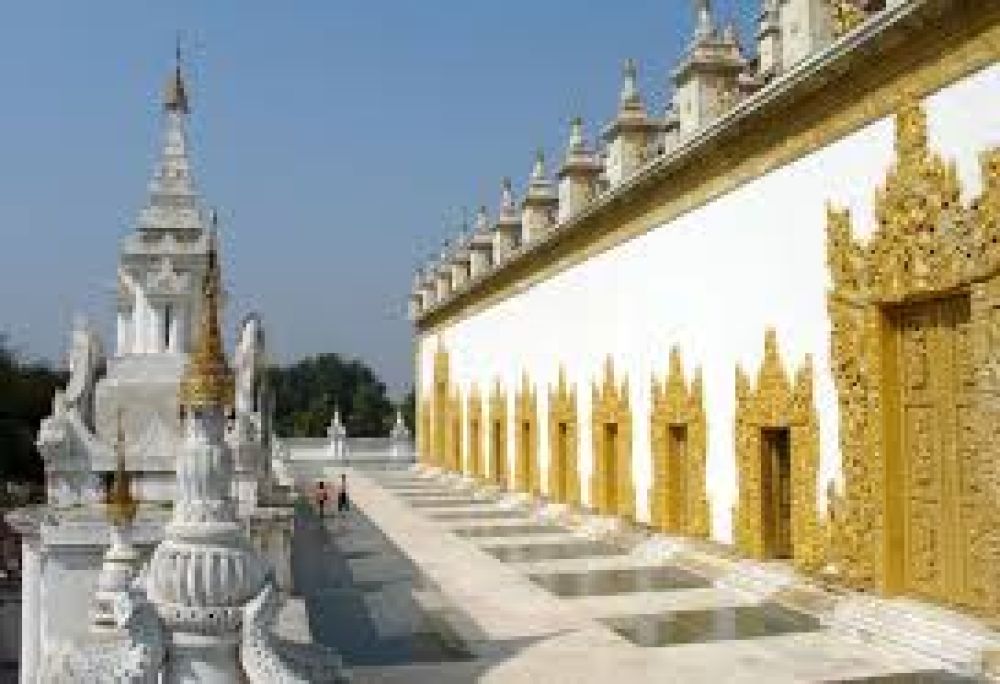

The Atumashi Monastery, known formally as Maha Atulawaiyan Kyaungdawgyi, is a standout cultural and historical relic in Mandalay, Myanmar. Its history is deeply entwined with the city's roots in both the religious and political realms of the Burmese kingdom.
Constructed in 1857 by King Mindon, who founded Mandalay a year earlier as the new royal capital of Burma, the monastery initially served as an icon of religious devotion and royal patronage. Built as part of a larger religious complex which also included the Kuthodaw Pagoda—famed for containing the 'world's largest book' in the form of stone scripture slabs—the monastery was an architectural marvel of its time.
Unfortunately, the original structure suffered extensive damage in a devastating fire in 1890, only a few years after the British annexation of Mandalay. Nevertheless, the monastery remained an important symbol of the city's heritage and resilience.
The reconstruction efforts for Atumashi Monastery did not commence until almost a century later. The government undertook a major restoration project in the 1990s to reinstate the monastery's grandeur, albeit with modern materials and altered architectural methods.
Despite its troubled history, Atumashi Monastery has emerged as a prime attraction in Mandalay. Tourists began flocking to the site in the early 20th century as Myanmar opened its doors to international visitors. Initially, tourism was slow and mostly consisted of historians and colonial expatriates interested in the regions vast history.
However, by the late 20th and early 21st centuries, the increased global interest in Buddhist culture and the political stabilization of Myanmar led to a surge in visitors. The monastery's proximity to other famous sites, such as the Mandalay Hill and the Royal Palace, solidified its status on the tourist trail.
In recent years, sustainable and cultural tourism trends have taken root in Myanmar, with a greater emphasis on preserving historical sites such as Atumashi Monastery. Visitors are drawn by the complex's architectural details and its significant role in Buddhist religious practices.
Additionally, there has been a growing trend towards experiential tourism, where travelers are seeking authentic interactions with the local culture and heritage. This includes participating in meditation sessions, attending talks by the monks, and learning about the Buddhist teachings associated with the monastery.
The interest in photography tourism has also risen, with the monastery's intricate woodwork, grand scale, and spiritual ambiance making it a popular subject for both amateur and professional photographers.
Today, Atumashi Monastery stands not only as a testament to the city's past glories but also as a beacon for cultural dialogue and religious understanding. Visitors are reminded to dress respectfully and be mindful of local customs when exploring this serene and sacred space.
With its rich history and evolving place in the pantheon of Myanmar's top travel destinations, Atumashi Monastery remains a must-see for anyone looking to delve into the historical and spiritual heart of Mandalay.